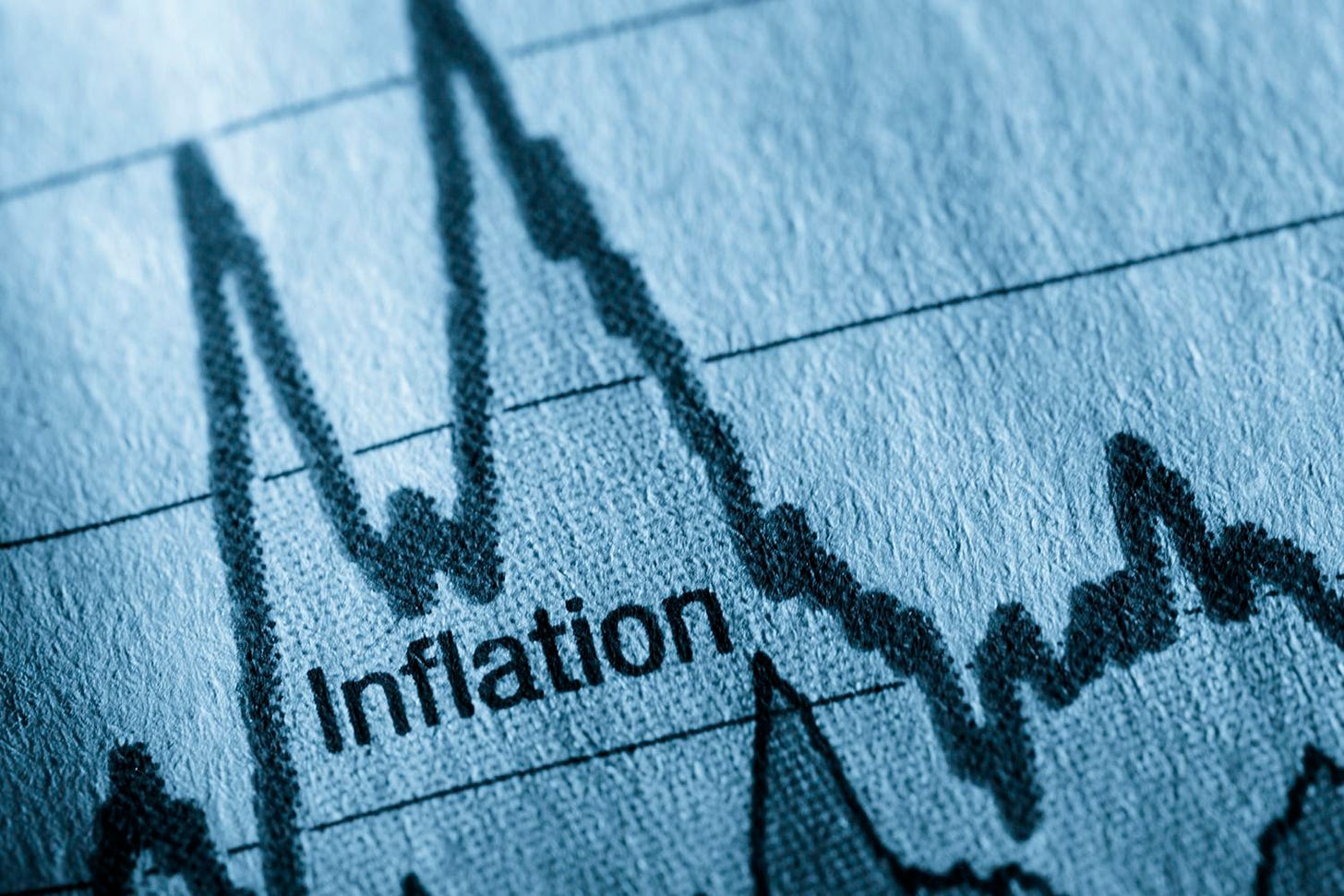
Murray Hunter
Is the low Malaysian inflation rate a sign of a recession in 2026?
Aug 22, 2025

The current inflation rate, based upon the latest July 2025 statistics is reported at 1.2% year-on-year according to Consume Price Index (CPI) data.
CPI index went from 133.1 to 134.7 for a basket of goods and services used in CPI measurements. However, food inflation was 4.3% in July and 4.7% in June 2025. This is the inflation households feel. In addition, personal care and other miscellaneous goods rose 3.9%, all hitting consumers.
Conventional economics would not associate such a relatively low inflation rate with an economic slowdown on its own. However, some fundamental behind Malaysian economic statistics should be of concern to everyone.
Many other goods and services groups such as communications, fuel and electricity went into negative, while states like Kelantan had a CPI change of 0.0% year-on-year.
Bank Negara Malaysia (BNM) is still forecasting Malaysia’s economic growth between 4-5.5% for 2025. This claim is supported by reports of strong domestic consumption, investment, and improving export performance.
While pundits claim Malaysia is a stable economy and the inflation index result supported a robust situation, there are concerns that must be considered.
Its only a month or so ago that the BNM reduced the OPR by 0.25%. There is even talk that BNM will even announce another reduction before the end of the year. This is great for SMEs paying back loans, but the message here is BNM is concerned about a drop in business and consumer activity.
There are questions about how much is the government really driving local consumption. The government is by far the largest consumer in the nation and it is spending rather freely, while increasing government debt beyond 2025 budget estimates.
The other side are exports which in June rose 7.2% in June 2025. We need to see if this rise in exports was just hedging for the new tariffs imposed by the United States, or whether exports will continue to be buoyant. Malaysia’s imports are also growing, and if exports don’t hold out the RM 14 billion per month trade surplus could very easily slip into deficit.
This is an area crucial to the economy over the next few months.
Consumers are now becoming cautious about inflation which is affecting both the food and consumer goods segments and starting to be very careful. The heightened spending is supported by high employment. Rises in civil service salaries and other government subsidies are pushing demand. A surprise upbeat tourism sector in 2025 has supported this spending.
Consequently, 2025 looks good for the economy. However, 2026 could be another story as FDI has fallen drastically, and continued growth in exports faces some question with Malaysia’s 19% tariff rate into the United States. Manufacturing declined 2.7% year-on-year in Q2, due to uncertainty. Reduced oil production in Malaysia is going to cost jobs, and drag down GDP.
No one is brave enough to call out that Malaysia is heading into recession. The main indexes don’t support such a call. However, if one delves just a little deeper, there are a number of concerning results.
The government’s 2026 budget will be very challenging due to rising debt and the need to continue subsidizing consumer spending. The government just has to hope exports and FDI pick up themselves later in 2025 and 2026.
We must think once again about the following economic principle:
Deflation is caused by too little money chasing too many goods. That can also stall the economy.
No comments:
Post a Comment